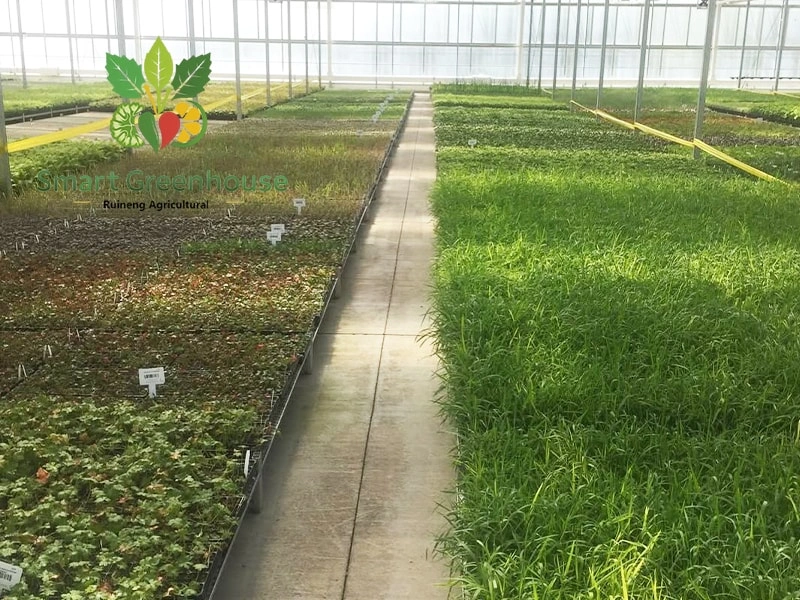A Smart Glass Greenhouse is an advanced agricultural solution that integrates smart glass technology with automated climate control systems to create an optimal growing environment. The smart glass can dynamically adjust its transparency to control light exposure, while sensors and IoT systems monitor and regulate temperature, humidity, and other environmental factors. This technology enhances crop yields, conserves resources, and minimizes labor costs.
Dynamic Light Control: Smart glass can switch from clear to shaded or opaque, optimizing light exposure for different crops.
Automated Climate Control: Sensors monitor real-time conditions and adjust heating, ventilation, and cooling systems accordingly.
Energy Efficiency: Utilizes solar panels, geothermal heating, and advanced insulation materials to reduce energy consumption.
Customizable Design: Tailored to meet specific needs, including size, materials, and climate control features.
Robust Structure: Built with durable materials like hot-dip galvanized steel to withstand various environmental challenges.
Increased Crop Yields: Automated systems ensure optimal growing conditions, leading to higher yields and better crop quality.
Water and Energy Efficiency: Smart irrigation and energy-efficient technologies reduce resource consumption.
Reduced Labor Costs: Automation minimizes manual intervention, allowing growers to manage the greenhouse remotely.
Adaptability to Climate: Smart glass greenhouses can be customized for hot or cold climates, ensuring year-round production.
Enhanced Sustainability: Reduced chemical usage and optimized resource management contribute to sustainable farming.

Commercial Farming: Year-round production of vegetables, fruits, and flowers.
Urban Agriculture: Efficient use of limited space in urban environments.
Research and Development: Controlled environments for agricultural research.
Specialty Crops: Growing high-value crops that require specific light and climate conditions.
| Specification | Details |
|---|---|
| Greenhouse Type | Venlo-style |
| Cover Material | High-quality float glass or tempered glass |
| Glass Thickness | 4-5mm or double-glazed (4mm + 9mm + 4mm) |
| Light Transmittance | >90% |
| Eaves Height | 3-6 meters |
| Span | 9.6m, 10.8m, 12m |
| Structure Material | Hot-dip galvanized steel |
| Cooling System | Evaporative cooling pads and fans |
| Heating System | Geothermal, solar-powered, or electric heating |
| Ventilation | Roof and side ventilation systems |
| Irrigation | Automated drip irrigation and misting systems |
| Light Management | Smart grow lights and shading systems |
Land Dimensions: The required land size depends on the project scale. For example:
Small commercial greenhouse: 0.5-1 hectare.
Large-scale projects: several hectares.
Local Climate Conditions: Information on temperature, humidity, sunlight, and wind patterns is essential for designing the appropriate greenhouse.
Soil Quality: Soil analysis helps determine the need for soil amendments or alternative growing methods.
Water Availability: Access to a reliable water source is crucial for irrigation.
Local Regulations: Compliance with local building codes and agricultural regulations.
Conclusion
Smart Glass Greenhouses offer a cutting-edge solution for modern agriculture, combining dynamic light control with automated climate management to create an ideal growing environment. They are designed to maximize efficiency, reduce labor costs, and promote sustainable farming practices. Whether for commercial farming, urban agriculture, or research, these greenhouses provide a versatile and sustainable solution for year-round crop production